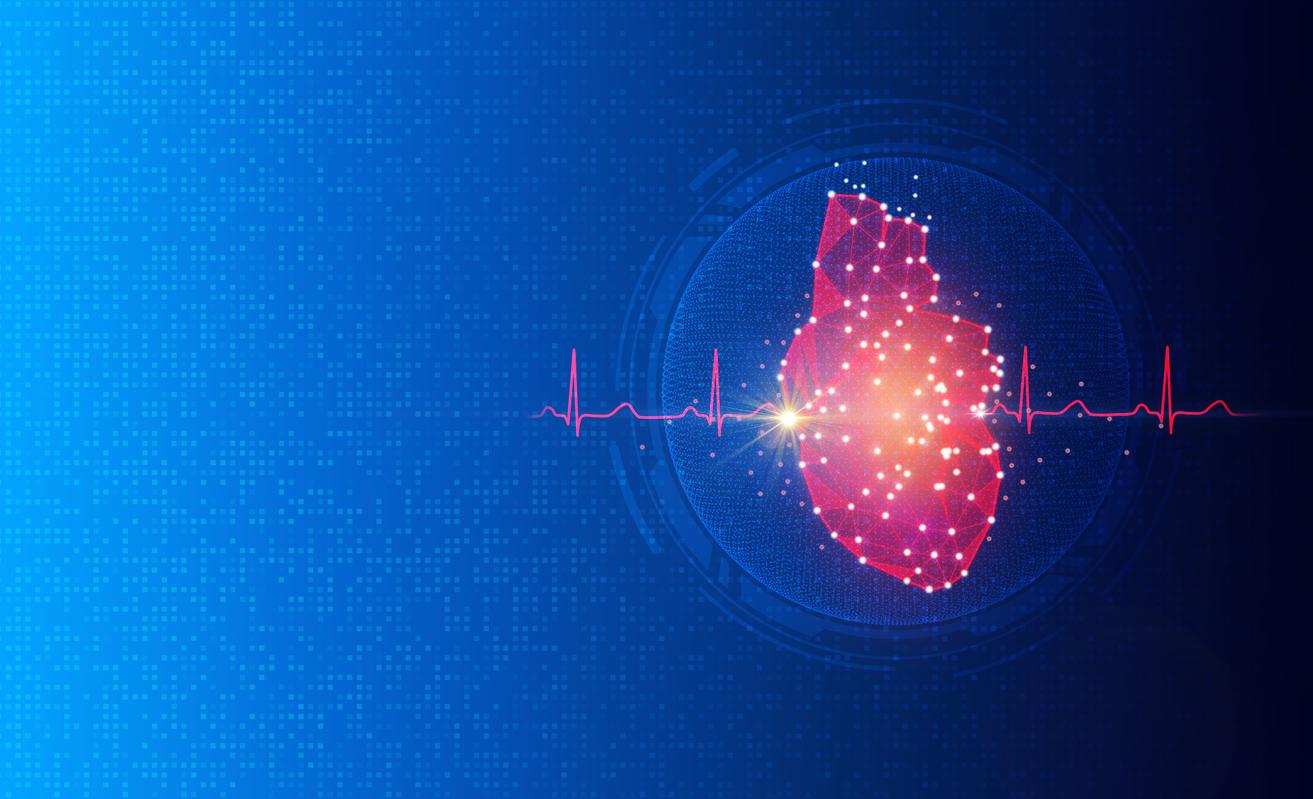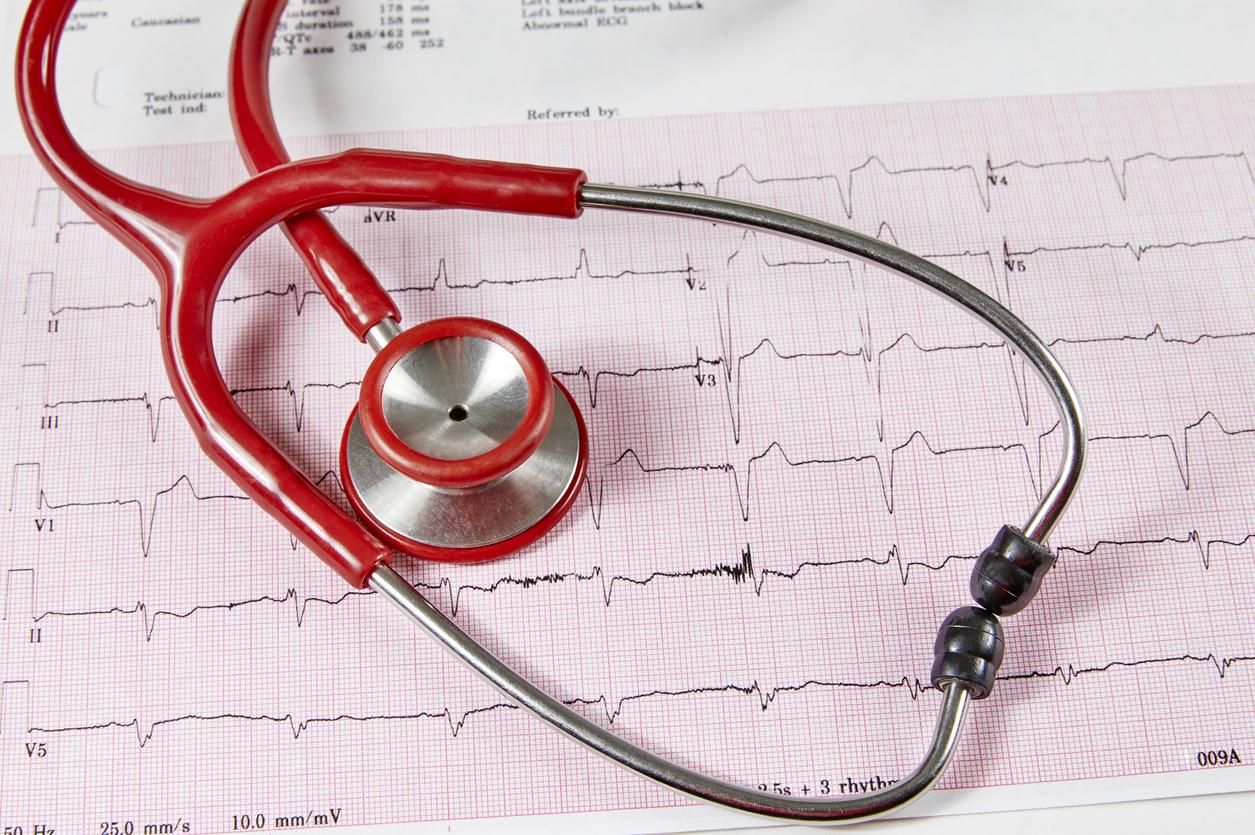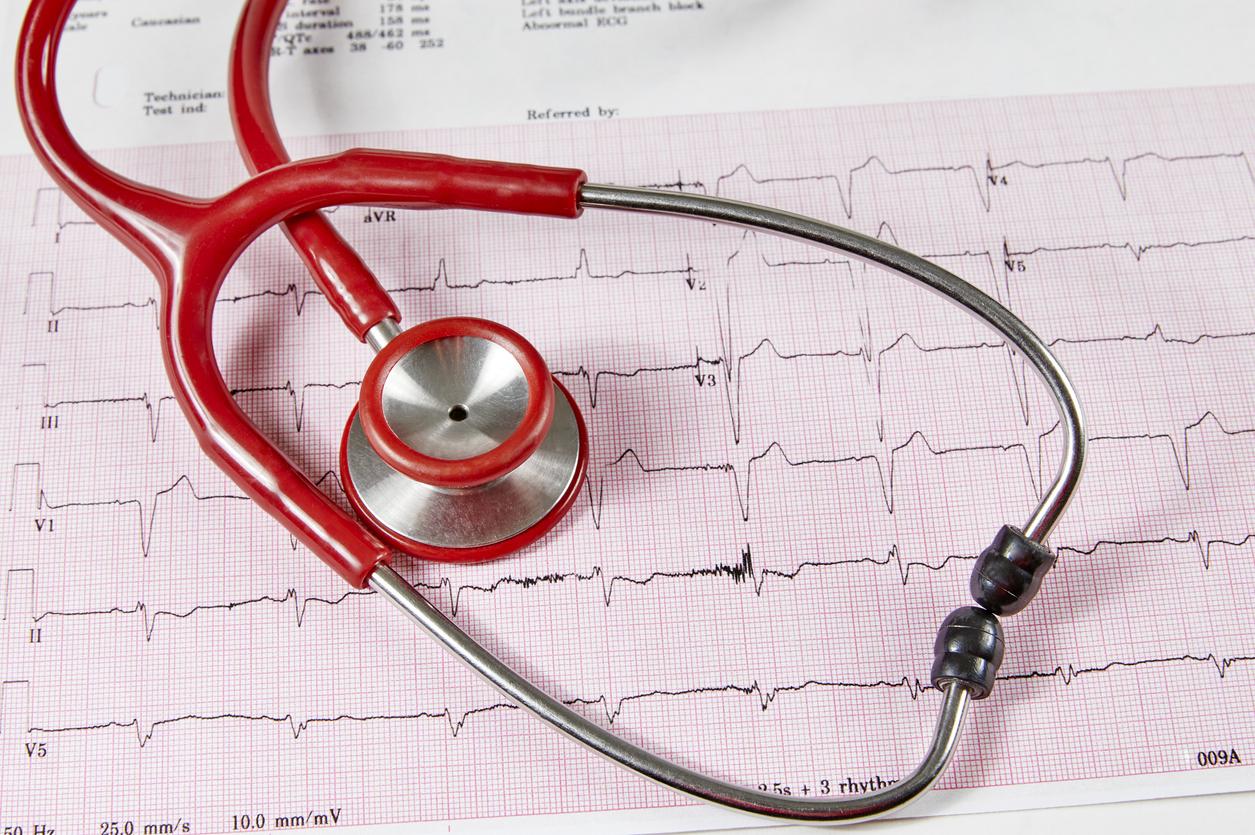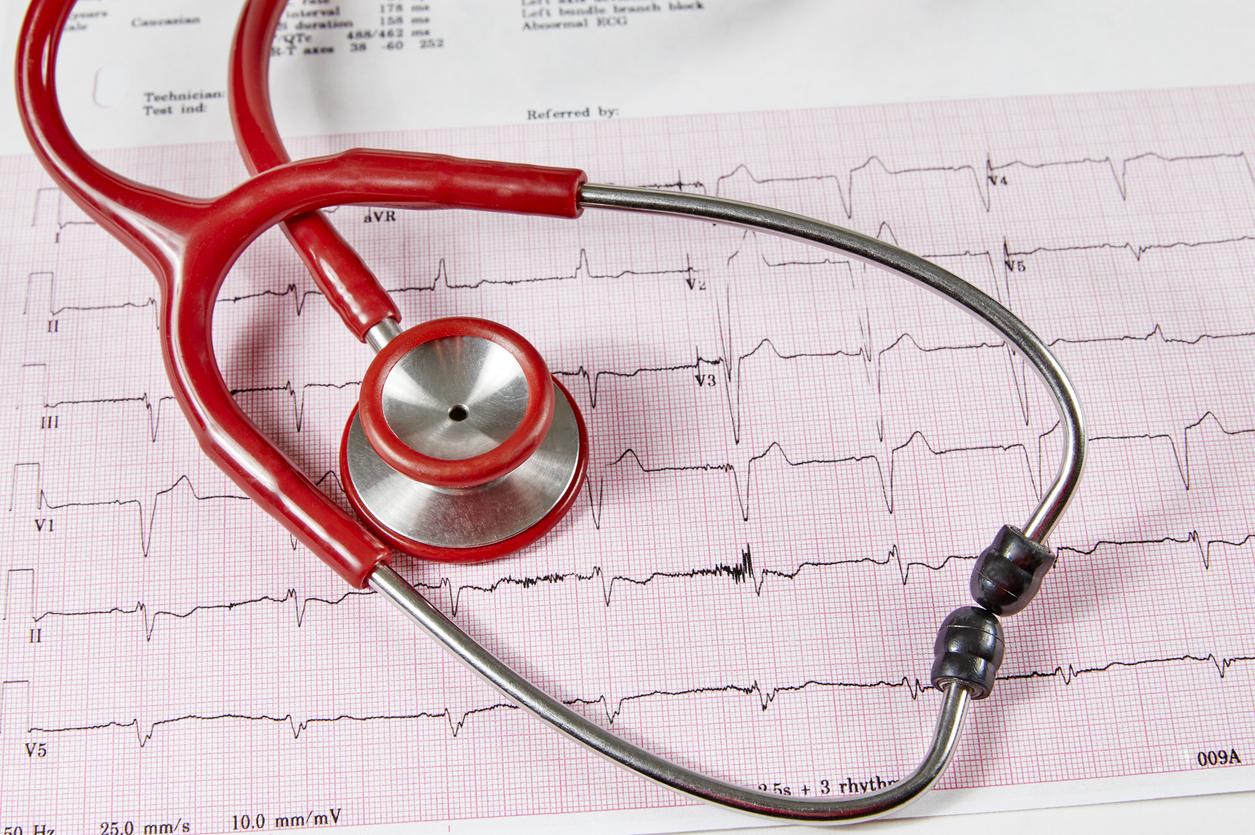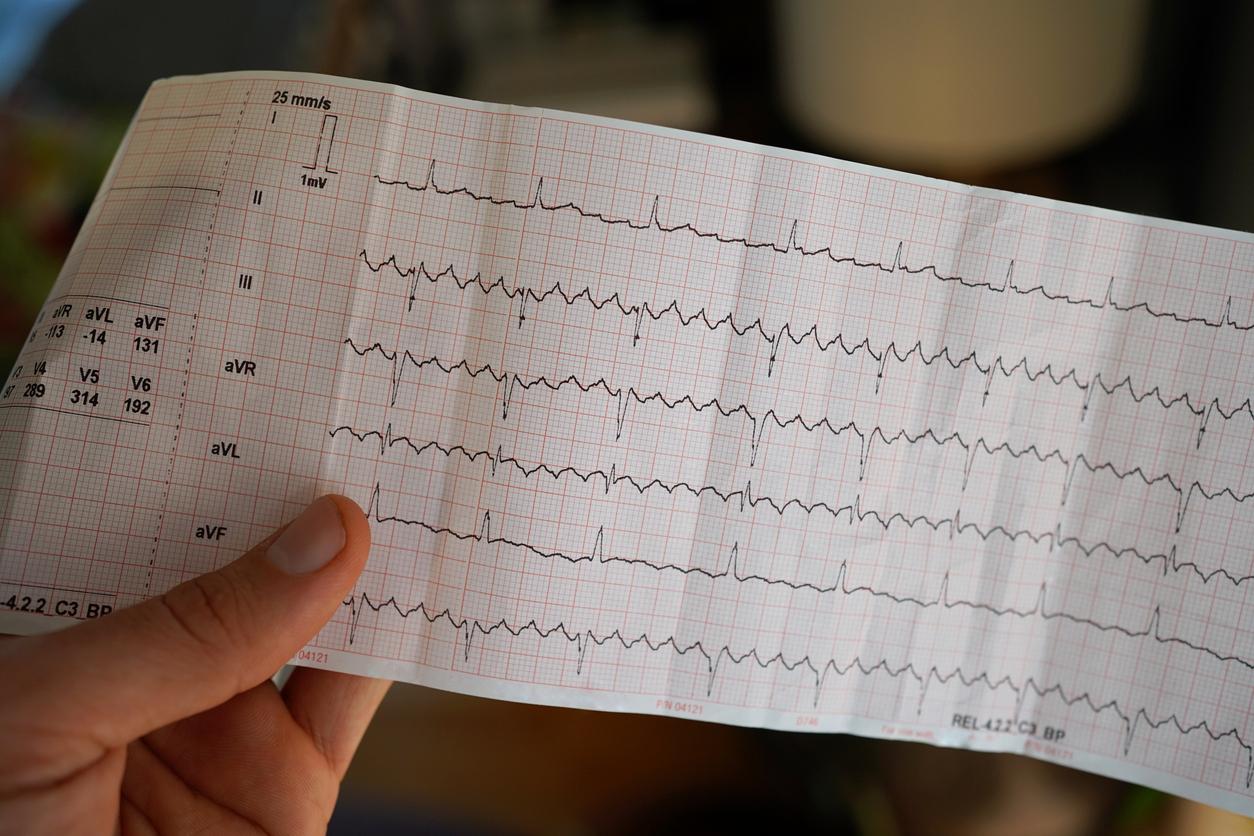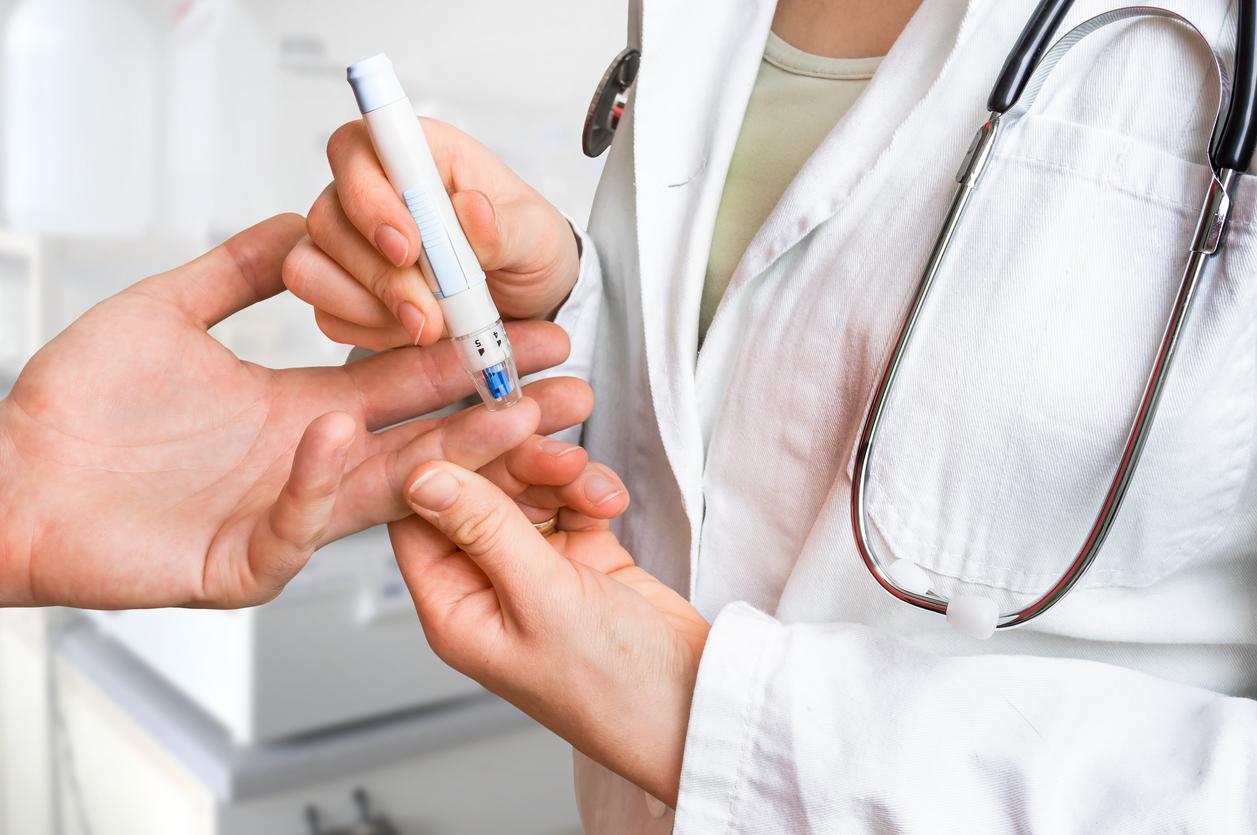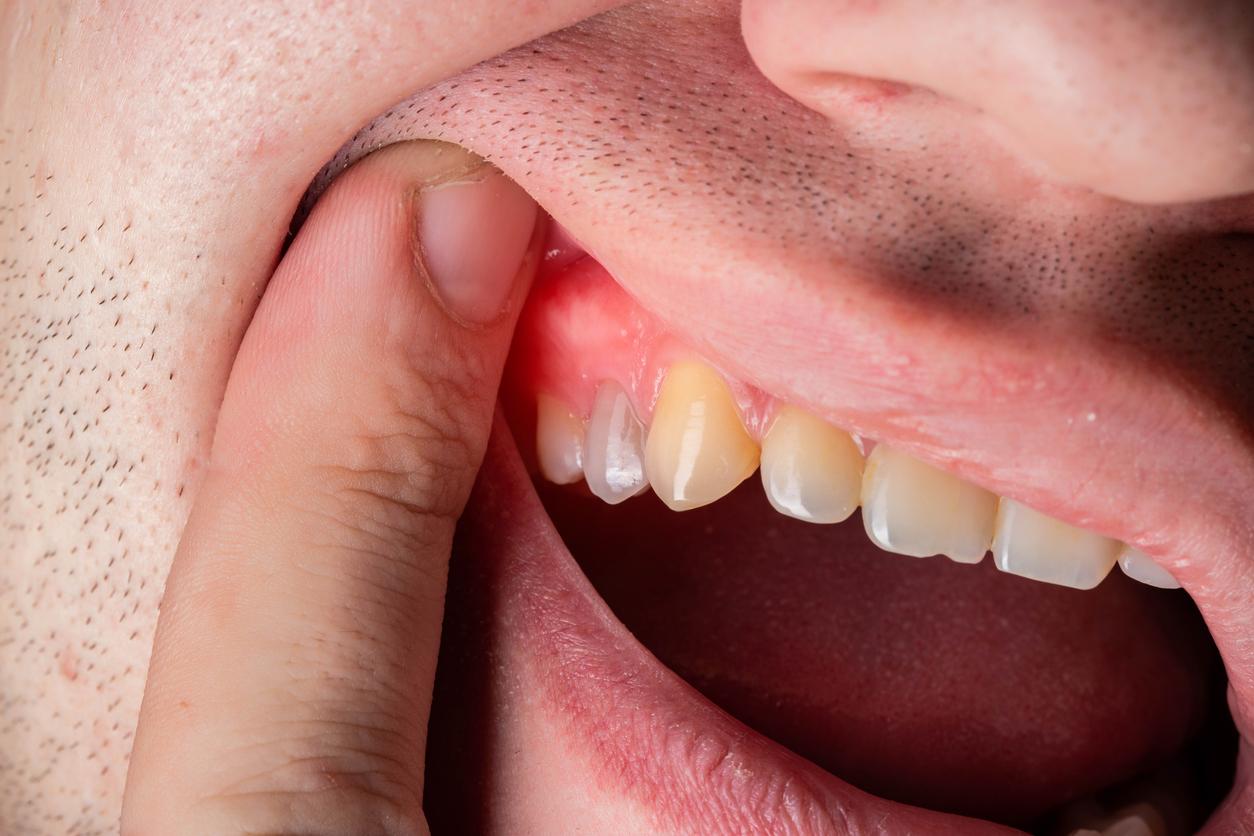In people who are considered balanced for their thyroid, free thyroxine (FT4) at the upper limit of normal increases the risk of atrial fibrillation by 45%, whereas TSH does not.
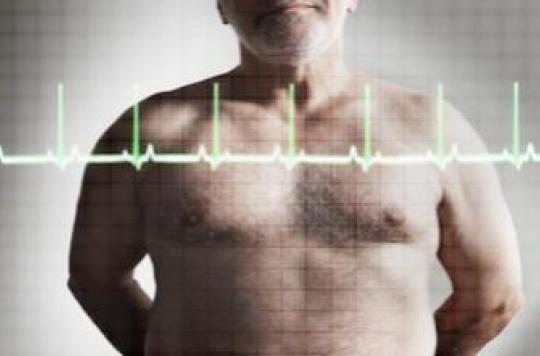
According to a new analysis of 11 large prospective studies in people with thyroid balance, levels of free thyroxine (FT4) at the upper limit of normal in the blood are associated with an increased risk of developing a heart rhythm disorder disabling, atrial fibrillation. At the same time, in the same study, TSH level, which is the recommended test and generally used to monitor thyroid disease or treatment with L-thyroxine, was not associated with an increased risk of atrial fibrillation. This is what emerges from a beautiful study published in the journal Circulation.
45% increased risk
The researchers looked at individual data from 30,085 people, aged 40 or older, in 11 cohort studies. Of these, 1958 (6.5%) had subclinical hypothyroidism at baseline and 2574 (8.6%) developed atrial fibrillation (followed by 278,955 person-years).
The reference range for TSH was 0.45-4.49 mIU / L and it was based on study-specific cutoffs for free thyroxine (FT4). If we divide the range of normal free thyroxine levels into 4 categories (“quartiles”), compared to the lower quartile in the normal range of FT4, the risk of atrial fibrillation increases by 17% in the second quartile (hazard ratio 1.17, 95% CI 1.02-1.35), 25% in the third quartile (HR 1.25, 95% CI 1.09-1.43) and 45% in the upper quartile (HR 1.45, 95% CI 1.26-1.66), including after adjusting for age and sex. Results which were confirmed in additional statistical analyzes.
Risk in people treated with L-thyroxine
In the 1,146 patients treated with L-thyroxine, increasing free thyroxine levels to the upper limit of normal is associated with a higher risk of atrial fibrillation, while most of these people have free thyroxine levels in the body. the highest quartile.
However, their relatively low number prevents a perfect interpretation of the risk of atrial fibrillation in patients taking L-thyroxine, one of the most frequently prescribed drugs.
No association was found in analyzes adjusted for age and sex between the risk of atrial fibrillation and TSH levels within the reference range for normal or for subclinical hypothyroidism.
Thyroxine-free more relevant than TSH
What is new in this study is that it is thyroxine-free, or free-T4 (FT4), and not TSH, which would dictate the risk of atrial fibrillation in people being monitored for thyroid disease or for treatment with L-thyroxine. Results which are consistent with data from two recent studies on the same type of population, including the Rotterdam study showing an increased risk of atrial fibrillation with levels of free thyroxine at the upper limit, particularly in people of under 65. But at the moment it is not possible to recommend this measure because we do not yet know what we can do to reduce the risk of atrial fibrillation in this population.
According to the authors, TSH is actually more a marker of the pituitary effects of thyroid function, while free thyroxine, which is converted into triiodothyronine, is rather an effector with a direct action on the target organs, including the heart. Thyroxine-free therefore probably has a more direct function on the heart than TSH, which would explain this association between thyroxine level and atrial fibrillation.

.










